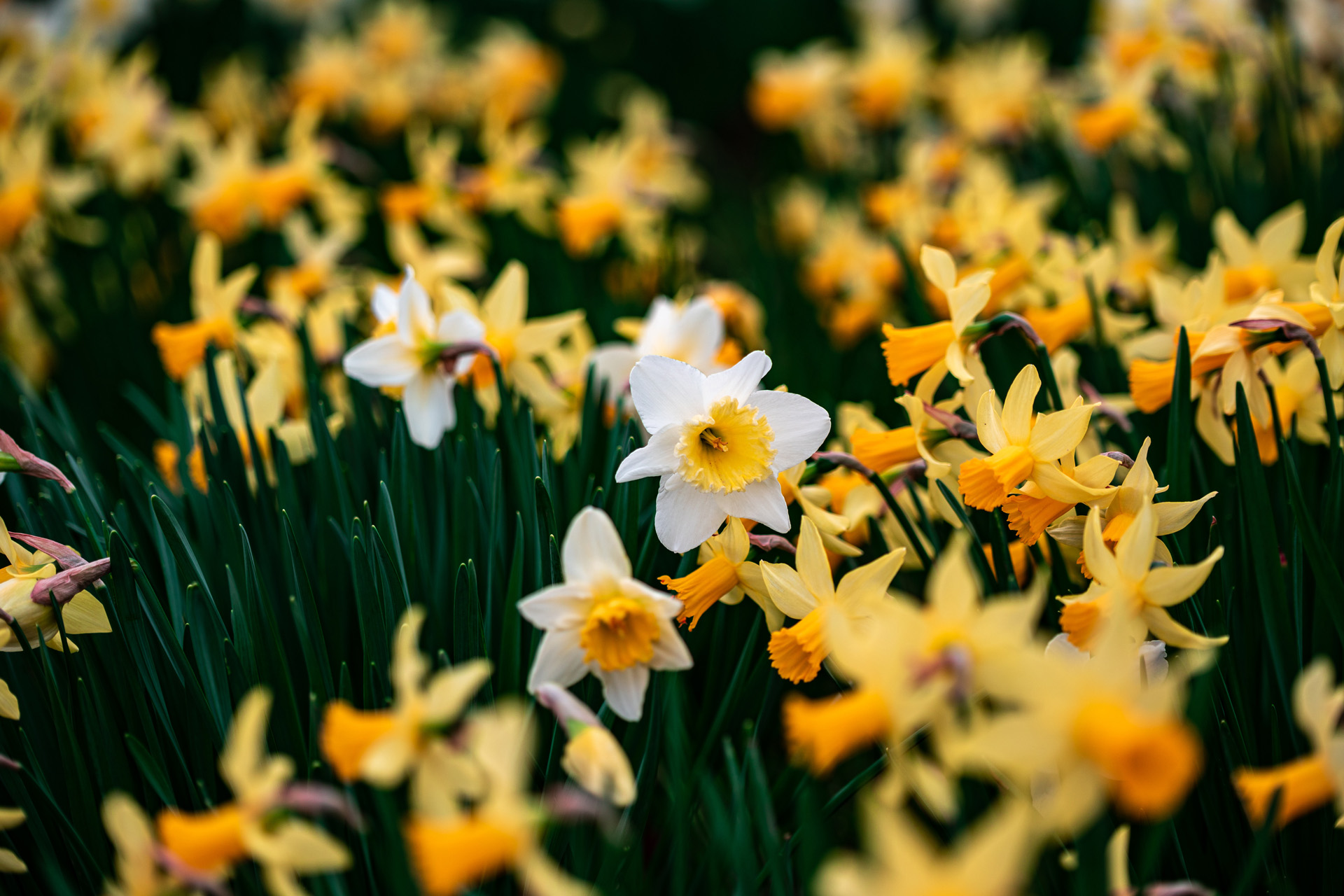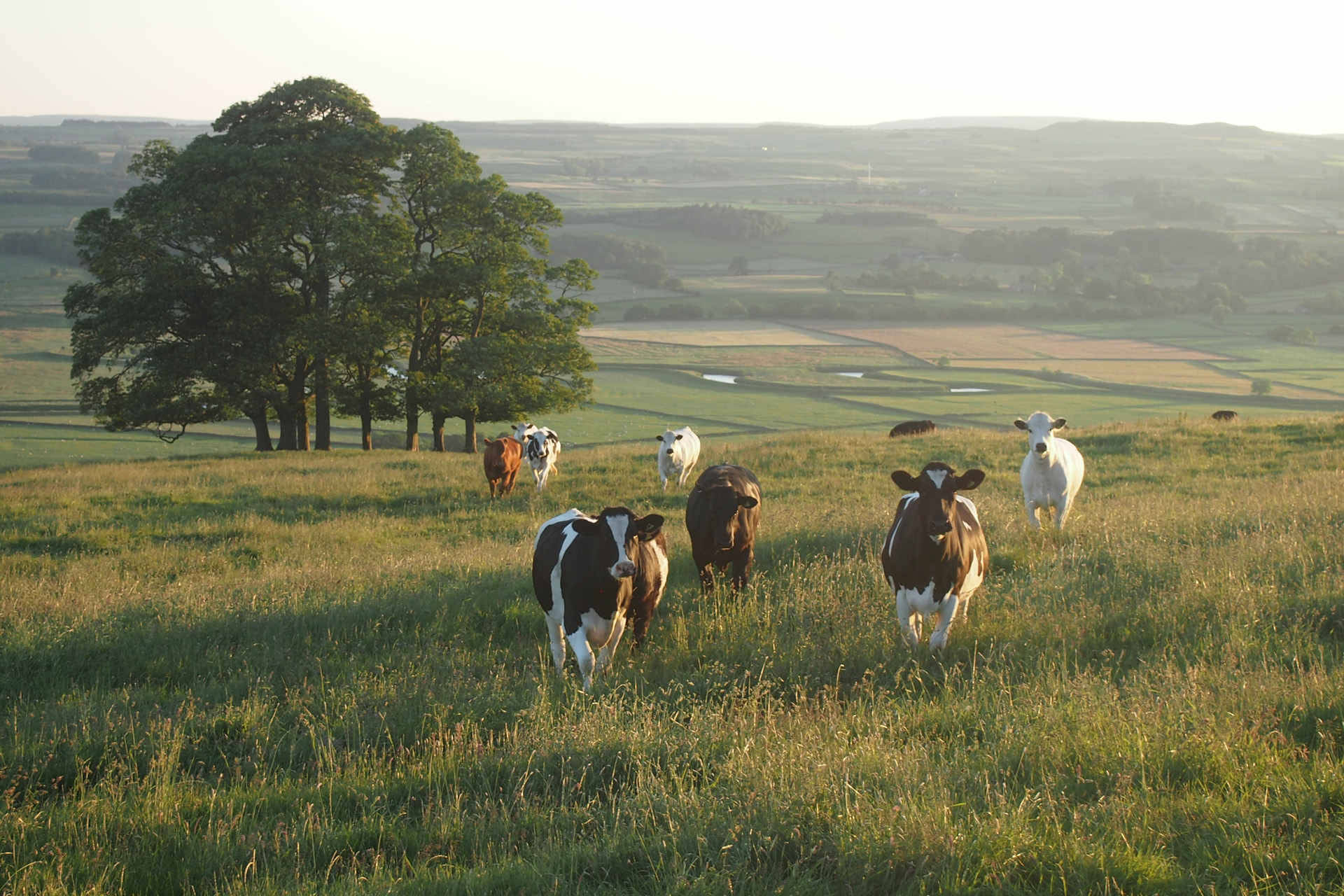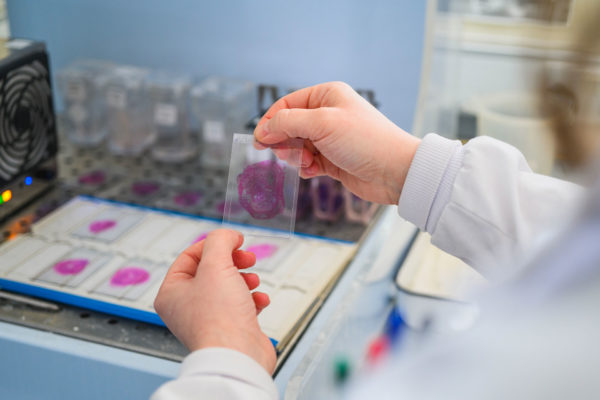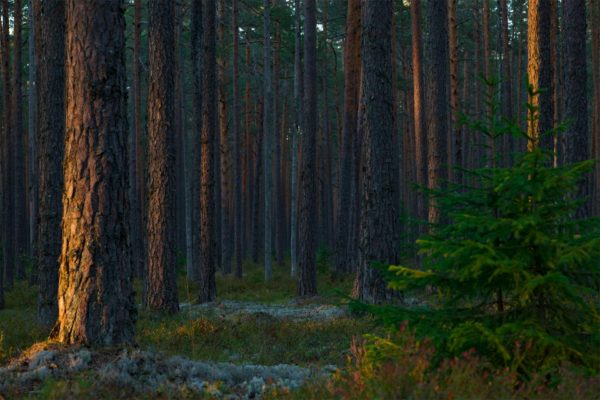Could Daffodils Be The Key To Solving The Climate Crisis?
By
2 years ago
Here’s how the flower could change the game

Could daffodils save the world? Probably not. But researchers believe adding daffodils to cattle feed might be an easy, beneficial change.
Here’s How Daffodils Could Alleviate Methane Production
Methane is an abundant natural gas – in every sense of the word. We utilise it and transport it through pipes to heat our homes and power our stoves, but it’s also released into the atmosphere through spills, seepages from underground deposits, and common natural processes like decay and, ahem, animal farts.
In an effort to alleviate the latter, researchers at Scotland’s Rural College are testing the use of daffodils to cut the level of methane produced by livestock. According to the BBC, testing shows that haemanthamine, a chemical extracted from daffodils, reduces methane production by a third when added to cattle feed.
The method is now being trialled over a four year period at farms across England and Wales; ironically, daffodils are the national flower of the latter.
How Do Cows Harm The Planet?
The reason cultivating livestock is such a large contributor to the climate crisis – 14.5 percent, to be precise – is because the animals we farm are famously gassy, and one of the gases they excrete, methane, is a potent greenhouse gas. That’s right: everytime a cow, sheep or goat burps, farts or poos, the planet gets a little warmer.
Why do these animals release methane? Well, us humans release methane when we pass gas, too. In fact, humans produce around a litre of flatus everyday, and approximately seven percent of that is methane; that’s about 70 millilitres. However, cows – who release methane mostly through burping, where humans only release it through flatulence – produce a whopping 250–500 litres of methane everyday. With 1.5 billion cows grazing the planet, that’s a lot of methane.
It’s all due to digestion: methane is one of many gases produced when we break food down in our stomachs. For ruminant livestock (that’s cattle, sheep and goats), more methane is produced because they have microbes in their stomachs called methanogens, which specifically produce methane during digestion.
Some foods produce more methane during digestion than others, so altering livestock feed has been a common topic as of late – as have other methods of methane reduction, like the Zero Emissions Livestock Project (ZELP)’s face mask for cows, which converts the methane in their burps into carbon dioxide and water. The latter received the King’s seal of approval in 2022 when it bagged the Terra Carta Design Lab’s Sustainable Markets Initiative grand prize of £50,000.








